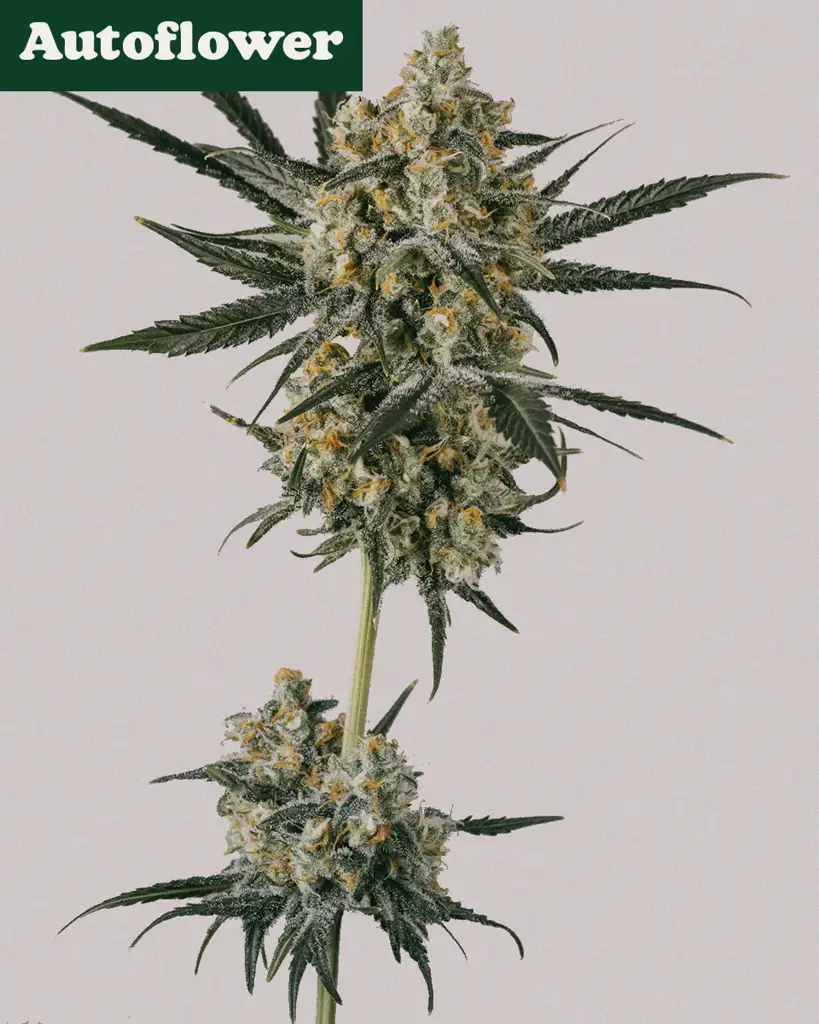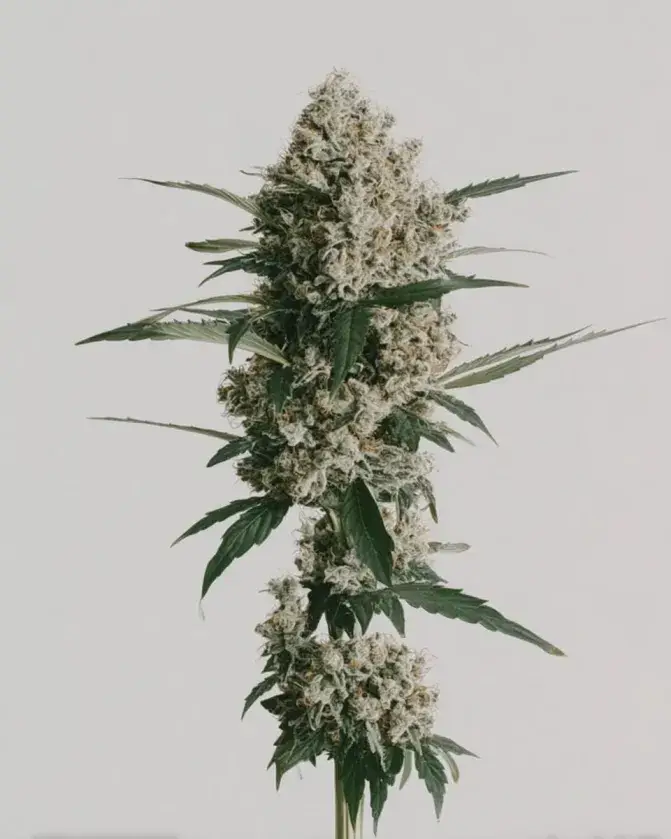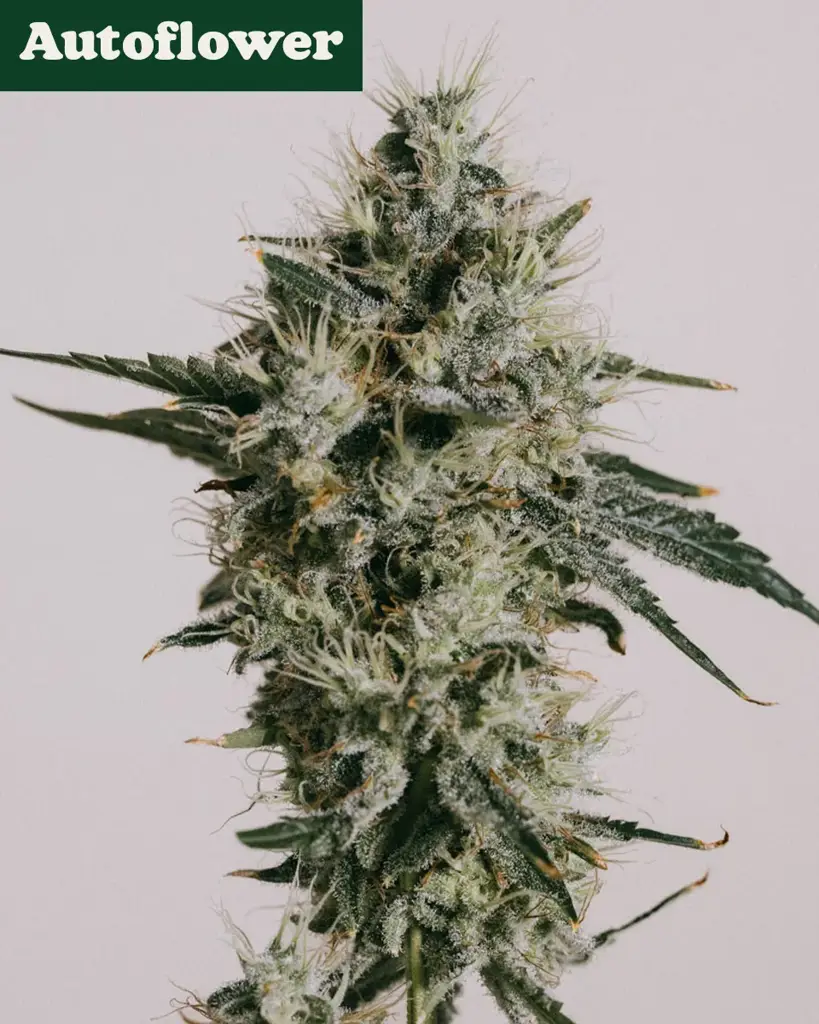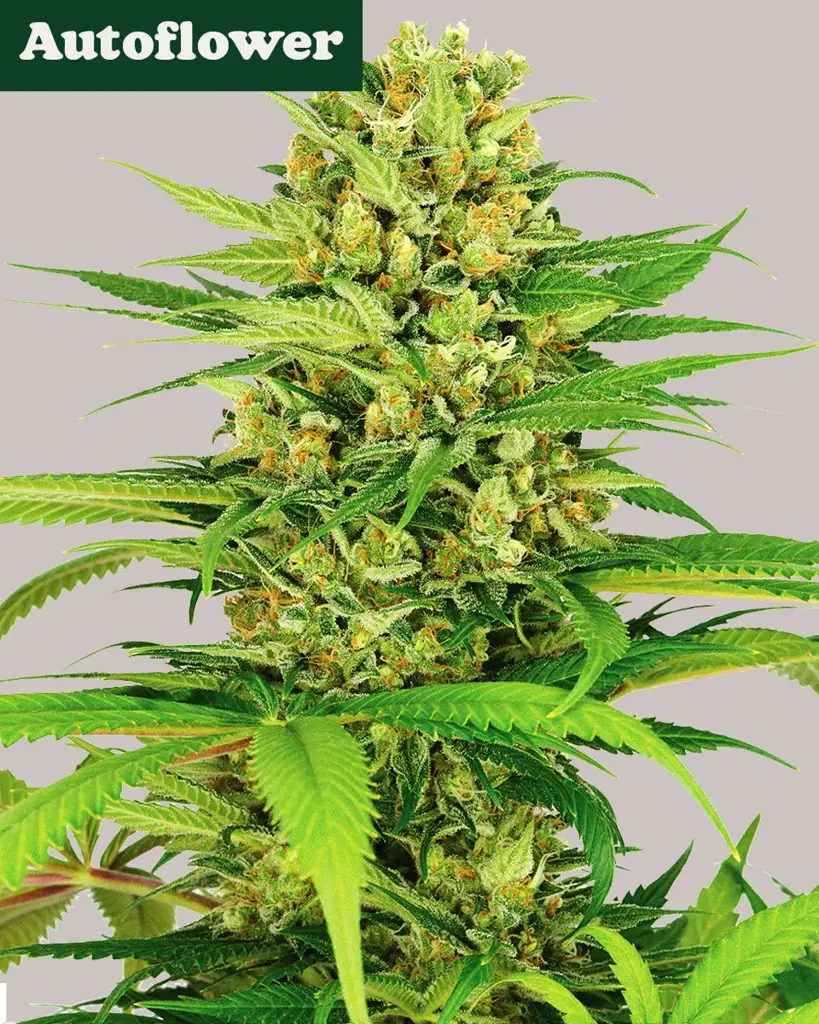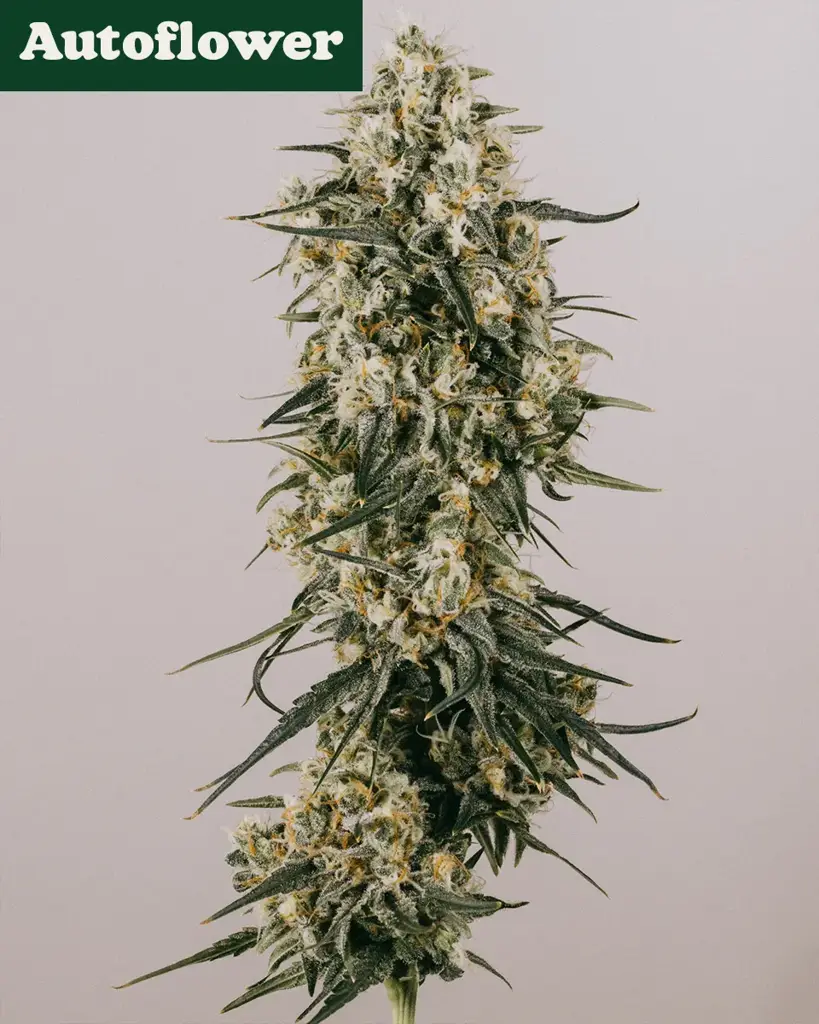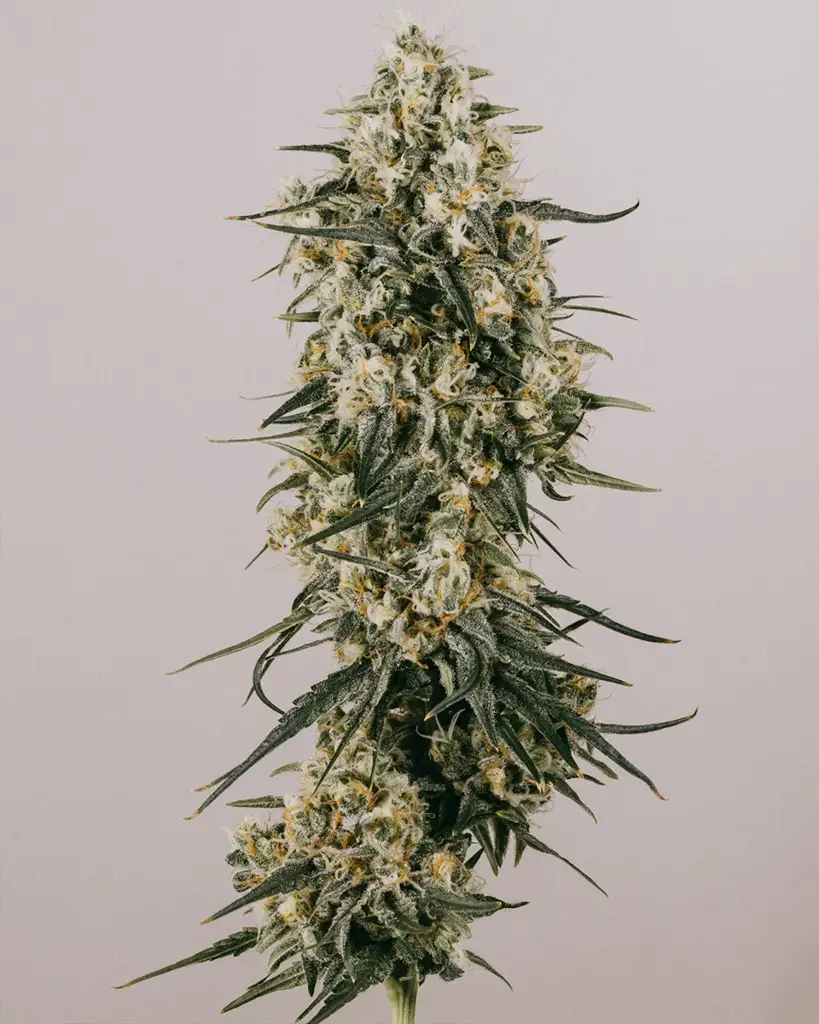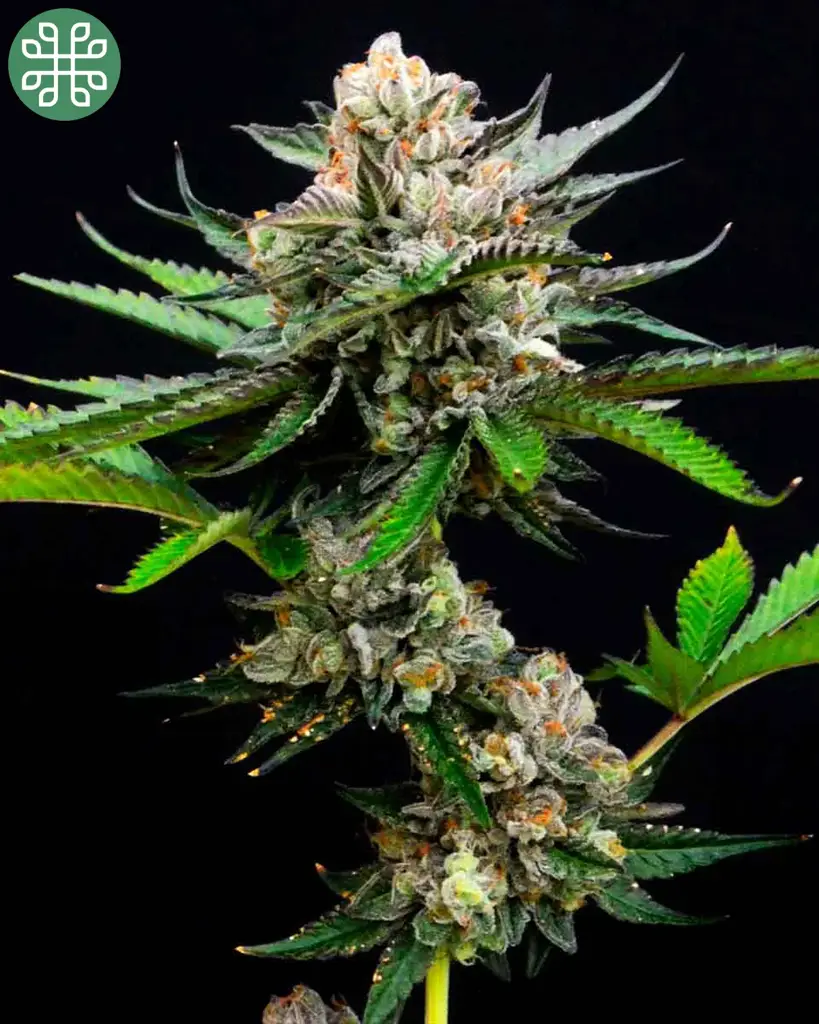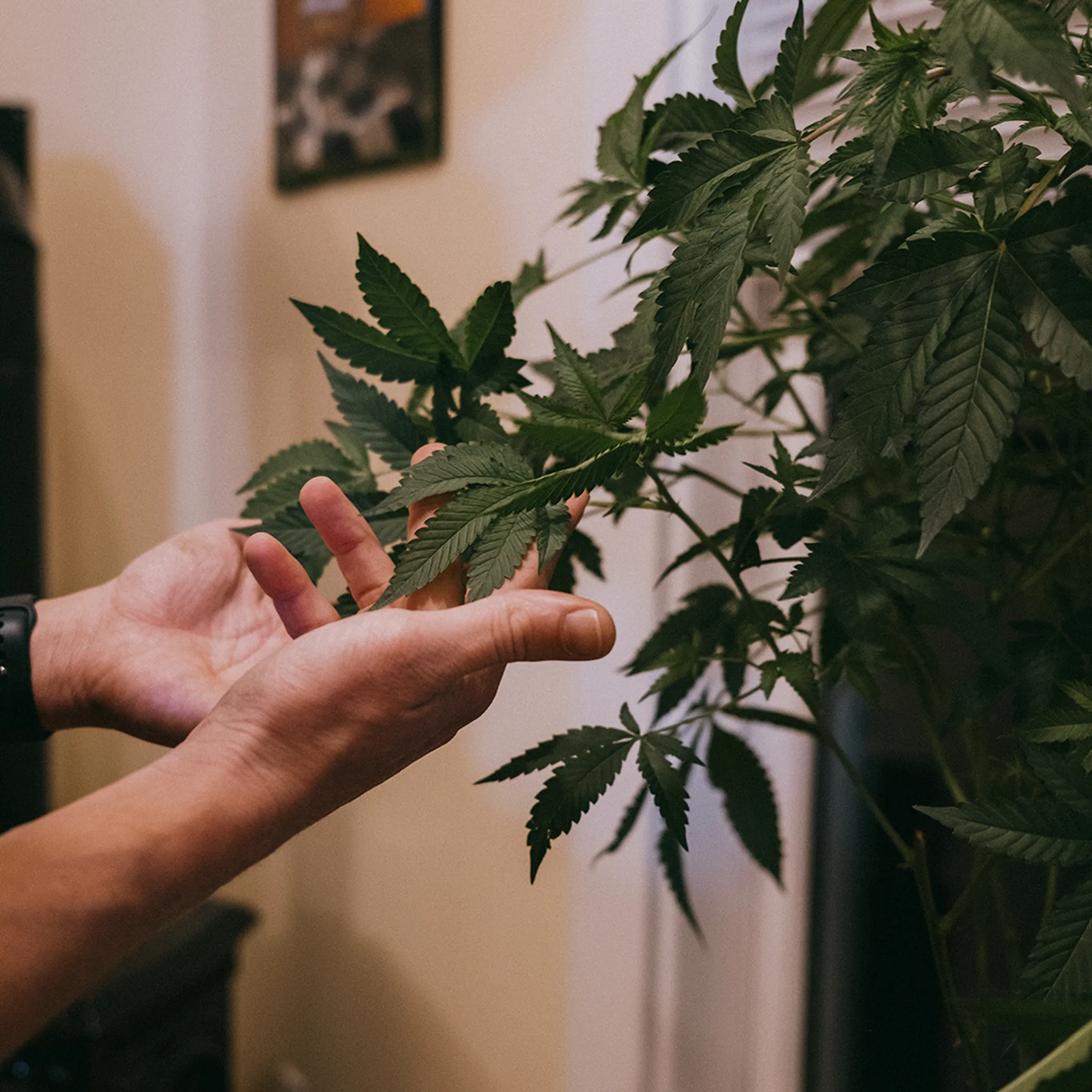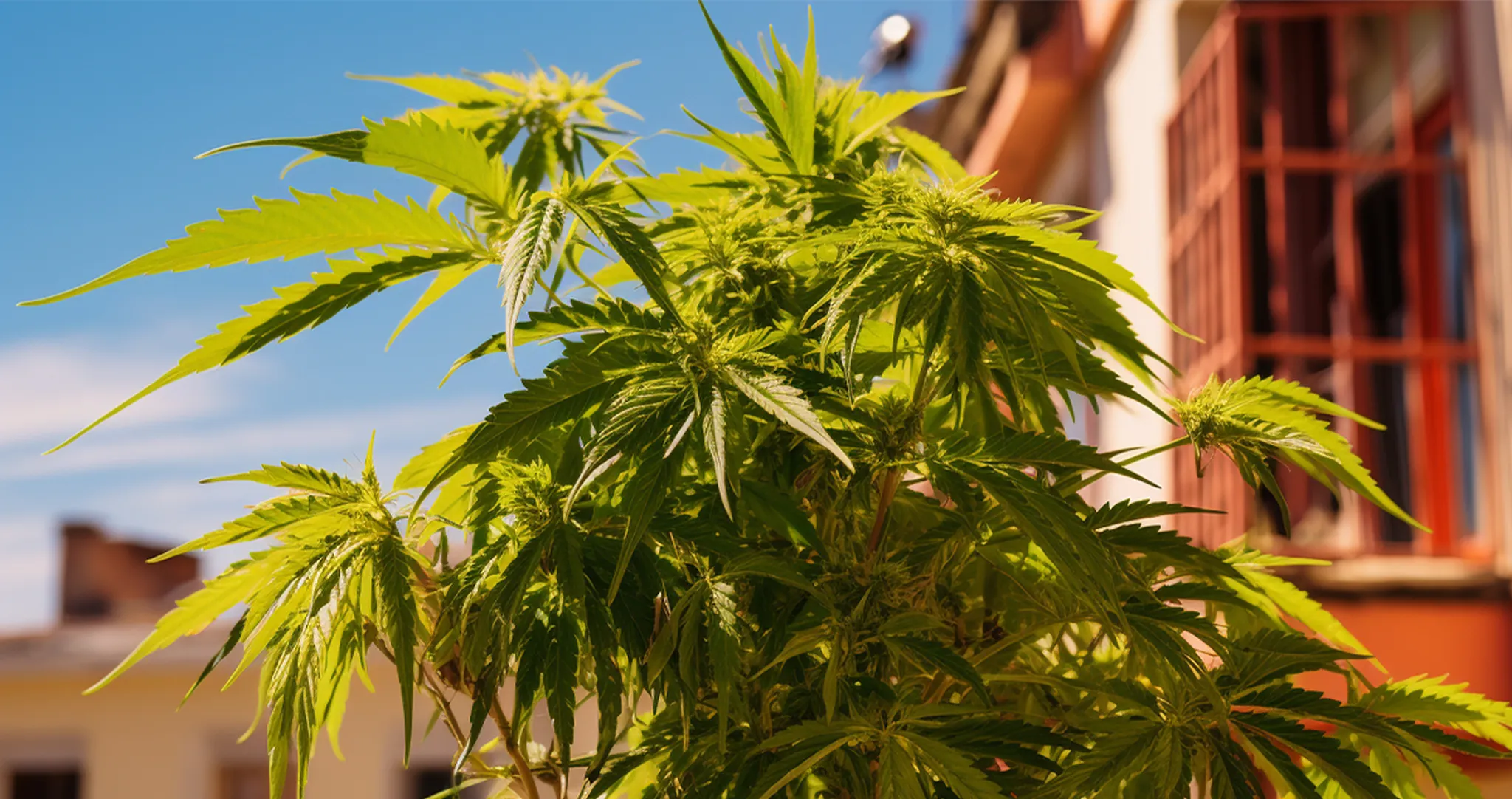
The Cannabis Life Cycle in Weeks
From the day you first germinate your cannabis seeds until the moment you harvest your buds, the weed plants will pass through various stages of growth and development. Even though the old saying amongst growers is that weed plants pretty much grow themselves, hence the term ‘ weed,’ it is still very useful to understand a cannabis plant’s lifecycle.
Table of contents
You could be growing indoors or outdoors, or it is simply your first time growing cannabis altogether. The journey has clear stages that require specific care and attention. This guide will walk you through each phase of the cannabis life cycle with practical advice and helpful visuals. By the end, you’ll know what to expect at every stage of growth, helping you avoid common pitfalls and maximize your yield. Let’s get started.
Too Long, Didn't Read
Seed Germination (2–10 Days): Seeds sprout roots and cotyledons under warm, moist, and dark conditions.
Seedling Stage (1–2 Weeks): True leaves form, roots establish, and the plant begins steady growth.
Vegetative Stage (2–8 Weeks): Plants grow rapidly, developing stems, branches, and leaves; nitrogen-rich nutrients are key.
Flowering Stage (7–10 Weeks): Buds develop as pistils and trichomes form and ripen; adjust light to 12/12 for photoperiod strains.
Harvesting Stage: When pistils darken and trichomes turn milky or amber, it’s time to harvest, dry, and cure for maximum potency.
Drying Stage: The drying phase should take between 10-14 days.
Cycle Duration: Autoflowers finish in 8–12 weeks; photoperiod strains take 3–6 months depending on indoor or outdoor conditions.
Our Bestsellers
The Cannabis Plant Life Cycle
Cannabis plants go through six distinct stages during their life: seed germination, seedling, vegetative stage, flowering stage, and harvesting and drying. Each stage has unique needs and recognizing the stages a plant experiences during its lifecycle will give you an advantage as a grower in terms of providing the right environmental settings to ensure your plants have the best start in life!
Below is a step-by-step guide based on growing photoperiod cannabis plants.
Seed Germination (2 to 5 Days)
 This is where all the magic starts, and your journey as a green-fingered enthusiast truly begins! This is the first and most delicate stage of a cannabis plant’s life. A seed requires three conditions to germinate: moisture, warmth, and air. When the seed absorbs water, it activates growth, swells, and the protective shell cracks open. The tiny taproot emerges, anchoring the plant into the soil, and the first two leaves (cotyledons) appear above the surface.
This is where all the magic starts, and your journey as a green-fingered enthusiast truly begins! This is the first and most delicate stage of a cannabis plant’s life. A seed requires three conditions to germinate: moisture, warmth, and air. When the seed absorbs water, it activates growth, swells, and the protective shell cracks open. The tiny taproot emerges, anchoring the plant into the soil, and the first two leaves (cotyledons) appear above the surface.
There are many different ways to germinate your cannabis seeds, ranging from the paper tissue method, a cup of water, using coco coir or peat starter plugs, or the old school grower mentality can plant directly into your growing medium and patiently wait. Using our recommended method of germinating seeds in tissue paper or a cup of water should get you going within 12-48 hours, but some seeds are stubborn, and others are shy, so patience is essential!
Seedling Stage (1 to 2 Weeks - 18/6 light cycle)
 Your seeds have sprouted, and you are ready to transplant your cannabis seedlings to your growing medium. The seedling stage begins when the first true leaves appear after the rounded cotyledons. True leaves have the iconic serrated edges associated with cannabis. Below the surface, the root system develops rapidly, laying the foundation for a healthy plant.
Your seeds have sprouted, and you are ready to transplant your cannabis seedlings to your growing medium. The seedling stage begins when the first true leaves appear after the rounded cotyledons. True leaves have the iconic serrated edges associated with cannabis. Below the surface, the root system develops rapidly, laying the foundation for a healthy plant.
Seedlings require the lights on for 18 hours a day, a warm temperature between 68–77°F, and a humidity level of around 60-80%. They thrive under gentle light from CFLs or LEDs. At this stage, the seedlings will only require a small amount of water and are delicate, so be careful not to with them. Using a spray bottle to water seedlings is a great way to keep them happy and encourage the roots to grow bigger in search of moisture and air.
Be cautious not to overwater; seedlings are small and can easily drown. Water only when the top layer of soil feels dry to the touch.
By the end of this stage, your plant should be a few inches tall with a sturdy stem and several sets of leaves.
Vegetative Stage (2 to 8 Weeks - 18/6 light cycle)
 The vegetative stage is when cannabis plants experience the most rapid growth. Roots dig deep, stems thicken, and branches spread out to support future buds. This is when your plant builds the foundation for its final size and yield.
The vegetative stage is when cannabis plants experience the most rapid growth. Roots dig deep, stems thicken, and branches spread out to support future buds. This is when your plant builds the foundation for its final size and yield.
The timers will remain on for 18 hours a day and 6 hours of dark, providing the energy so your plants grow large and bushy.
Depending on the size of your grow space, light intensity, or how ambitious you are, the vegetative period can last between 2-8 weeks. During this time, plants can be trained and grown to the optimal size before flowering begins, and may require repotting into a larger sized pot when the roots fill the current pot..
At this stage, cannabis plants thrive on nitrogen-rich nutrients to fuel their development. Aim to maintain temperature between 68–77°F, with humidity as close to 60–70%.
Week-by-Week Vegetative Growth:
Weeks 1–2: Plants focus on developing their root systems and gaining height.
Weeks 3–4: Branches expand, and the main stalk thickens.
Weeks 5–8: Plants reach their peak vegetative growth, preparing for flowering.
A Note on Autoflowering Cannabis Varieties:
If you are growing autos, make sure you transplant them into their final container. This will ensure you don't overstress more than required; autoflowering plants' life-cycle is short so every second counts.
Transition Stage: The Flip (2 weeks - 12/12 light cycle)
 This stage is when you will set the timers over to 12 hours of light and 12 dark, triggering your plants to flower. Timing the switch between the vegetative and flowering stages is crucial for the health of your grow. Plants will respond to the extended darkness periods by stretching and growing as large as possible. This results in the plants typically doubling or even sometimes trebling in size due to a flush of growth hormones and auxins, and can take around 2 weeks.
This stage is when you will set the timers over to 12 hours of light and 12 dark, triggering your plants to flower. Timing the switch between the vegetative and flowering stages is crucial for the health of your grow. Plants will respond to the extended darkness periods by stretching and growing as large as possible. This results in the plants typically doubling or even sometimes trebling in size due to a flush of growth hormones and auxins, and can take around 2 weeks.
Flowering Stage (7 to 10 Weeks- 12/12 light cycle)
 Once you have passed the transition phase, your plants are no longer growing taller, instead, they will focus on flower production. You have entered arguably the most satisfying part of the grow: the flowering stage.
Once you have passed the transition phase, your plants are no longer growing taller, instead, they will focus on flower production. You have entered arguably the most satisfying part of the grow: the flowering stage.
In pre-flower (the first days of flower), you’ll notice white hair-like strands (pistils) forming at the nodes, which mark the sites of future buds. From Weeks 3–5, small-sized buds develop and swell while sticky trichomes begin to cover them.
By Week 6, the plant’s energy is devoted entirely to ripening the buds and depending on what strain you are growing, it may take between 6-10 weeks (transition phase + flowering time) before harvest.
During this stage, reduce humidity to 40–50% to prevent mold and increase phosphorus and potassium levels in your feeding schedule. Regularly inspect the pistils and trichomes to gauge readiness for harvest. The buds will be at their biggest and heaviest during the final weeks, so ensure you have lots of fresh air ventilating the plants.
Harvesting Stage
Harvesting is one of the final stages of the cannabis life cycle and arguably the most rewarding. The key to a great harvest is timing, and in order to time it perfectly, you will need to observe several factors such as calyx development, how swollen the buds are, trichome maturity, and the ratio of brown to white pistils.
Trichome color: The trichomes are what contain all the essential oils, terpenes and cannabinoids. T richomes shift from clear to milky, with a few turning amber as plants mature during the flowering period
Pistil Color Ratio: These white fuzzy hairs will cover the buds and eventually turn yellow or orange or brown. When the ratio of brown to white hairs is close to 80-90%, harvesting will be imminent.
Calyxes (or bracts) development: What started as a long fuzzy white pistil is now almost completely surrounded by a resin-covered calyx. The calyx is what will become the buds you dry out and smoke and get fat and dense during maturity.
Stop feeding nutrients 10-14 days before harvest and flush the plants with plain water to remove excess salts. After cutting the plants, dry them in a dark, ventilated space for 10–14 days.
The Drying Stage (10-14 days at 60% humidity and 60 degrees Fahrenheit)
 After harvest, you will have to dry your buds for 10-14 days. Make sure your plants dry in a controlled environment that is as close to 60% humidity and 60 degrees Fahrenheit. Cutting your plant down almost feels like that's the end, and technically it is, but chemically, it actually lives on. Drying and curing is another step in nurturing the initial seed into the perfect harvest. The drying stage is a critical step in ensuring your harvest lives up to the hype and should not be overlooked.
After harvest, you will have to dry your buds for 10-14 days. Make sure your plants dry in a controlled environment that is as close to 60% humidity and 60 degrees Fahrenheit. Cutting your plant down almost feels like that's the end, and technically it is, but chemically, it actually lives on. Drying and curing is another step in nurturing the initial seed into the perfect harvest. The drying stage is a critical step in ensuring your harvest lives up to the hype and should not be overlooked.
First Grow?
How Long Is the Cannabis Life Cycle?
The total life cycle of a cannabis plant depends on its genetics and growing conditions. Photoperiod strains, grown indoors, typically take 3–4 months from seed to harvest, while outdoor grows may last 6–9 months, depending on the climate and strain being grown.
The Lifecycle of Autoflowering Cannabis Plants
Autoflowering varieties are not like the photoperiod cannabis plants that respond to a change in the light cycle but instead flower “automatically” when they reach the correct age. Autoflowering cannabis is the easiest way for a first-timer to grow their own as they can be grown under 18/6 or 20/4 and will automatically start flowering after 21 days. We recommed you follow the same steps with autoflower seeds until they are germinated, then plant your seedlings into their final container. This will ensure autoflowers to grow to their full potential, miniminsing costly transplant stress.
Autos will flower regardless of what light cycle they are under indoors or outside.
From seed to harvest, autos can take as fast as 60 days up to 100 days.
They do not grow tall and keep a low profile; Autos are ideal for micro-grows.
Autos are resilient plants that can produce excellent results with little effort.
It is not possible to clone autoflowering cannabis plants.
Autoflowering plants can be grown outdoors back to back from April until September.
Final Thoughts on Understanding the Cannabis Life Cycle
Watching your cannabis seeds take their first baby steps and grow into an incredible resin-coated plant full of dank high-grade that fills your grow tent is a pride-filling and joyful experience!
Mastering the cannabis life cycle allows you to better understand and meet your plants’ needs at each stage. With the right levels of awareness care, you’ll be able to grow strong, healthy, and vibrant cannabis plants that could make the centerfold of any top cannabis magazine.
Good luck on your quest to become fully familiar with the lifecycle and characteristics of all strains out there, and enjoy the journey from seed to harvest.

Gabriel ILGM
Gab Wulff is an ecologist and designer linking sustainability, community gardening, and cannabis reform.
Continue Reading
You might also find these interesting.


